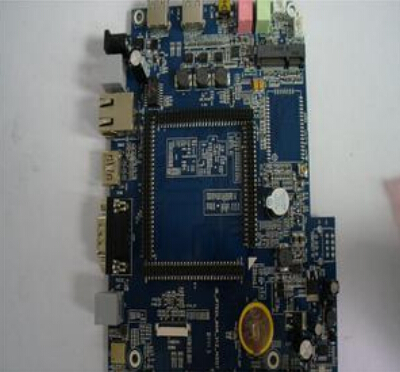The size of PCBA devices is getting smaller and smaller
PCBA board is the finished product formed by PCB board after SMT patch, DIP plug-in and PCBA test, etc. Almost all electronic products need PCBA board. With the continuous development of the electronics industry, the size of components is getting smaller and smaller, but the density is getting larger and larger, and flexible circuits have emerged.
Flexible circuit boards, also known as "soft boards", are printed circuits made of flexible insulating substrates. The flexible circuit provides excellent electrical performance, can meet the design needs of smaller and more installation, and also helps to reduce the assembly process and enhance the reliability. Flexible circuit boards are the only solution to meet the miniaturization and mobile requirements of electronic products.
1. Types of flexible circuits
In the past, this interconnection technology was realized by wire interconnection. There are many types of flexible circuits:
1. Two-way access flexible circuit, which is a single-sided flexible circuit. The purpose of manufacturing this circuit is to access conductive materials from both sides of the flexible circuit.

2. Double-sided flexible circuit is a circuit with two conductive layers. The two conductive layers are respectively located on the two sides of the basic layer in the circuit; according to your specific requirements, it can be formed on the two sides of the substrate sheet. For line patterns, the traces on the two sides can be connected to each other through copper-plated through holes.
3. Multi-layer flexible circuit is a combination of several single-sided circuits or double-sided circuits with complex interconnections. In the multi-layer design, shielding technology and surface mount technology are often used.
4. Rigid-flex circuit integrates the advantages of both rigid printed circuit boards and flexible circuits. The circuit is usually interconnected through plated through holes between the rigid circuit and the flexible circuit.
PCBA affects product function and service life
1. PCBA board inspection standard:
1. Serious shortcomings (represented by CR): Any shortcoming that is sufficient to cause harm to the human body or the machine or endanger life and safety, such as: safety inconsistency/burning machine/electric shock, etc.
2. The main shortcomings (indicated by MA): The shortcomings that may cause damage to the product, abnormal functions, or affect the service life of the product due to materials.
3. Minor shortcomings (indicated by MI): does not affect product function and service life, some defects in appearance and minor defects or differences in mechanical assembly.
2. Inspection conditions of PCBA board:
1. In order to prevent the contamination of parts or components, you must choose gloves or finger cots with EOS/ESD full protection function and wear electrostatic rings to work. The light source is a white fluorescent lamp, and the light intensity must be above 100 Lux, which is clearly visible within 10 seconds.
2. Inspection method: place the product to be inspected about 40cm away from the eyes, 45o up, down, left, and right, and inspect it visually or with a three-fold magnifying glass.
3. Inspection criteria: (Sampling according to QS9000 C=0 AQL=0.4% sampling level; if the customer has special requirements, it will be determined according to the customer's acceptance standard).
4. Sampling plan: MIL-STD-105E LEVEL 2 normal single sampling.
5. Judgment criteria: Critical Defects (CR) AQL 0%.
6. The main disadvantage (MA) AQL 0.4%.
7. Minor shortcomings (MI) AQL 0.65%.